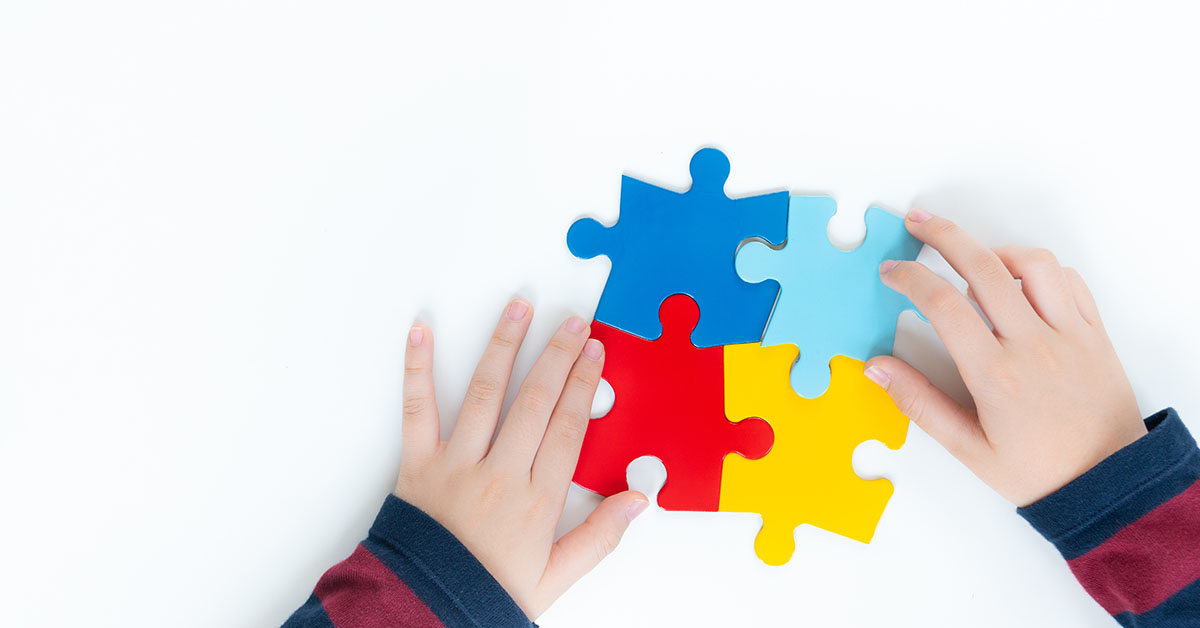Autism and Sensory Processing: Exploring the Link and Its Impacts
Autism and Sensory Processing: Exploring the Link and Its Impacts
Blog Article
Comprehending Autism: A Comprehensive Guide to Signs And Symptoms and indications
Autism Spectrum Condition (ASD) incorporates a broad array of features that can significantly influence a person's social communications and daily functioning. Understanding these nuances not only aids caregivers and instructors in giving appropriate support but also promotes a much more inclusive atmosphere for individuals with ASD.
Introduction of Autism Range Condition
Specifying Autism Range Condition (ASD) includes acknowledging it as a complicated neurodevelopmental condition characterized by a series of difficulties in social interaction, communication, and behavioral patterns. The term "range" mirrors the vast irregularity in signs and symptoms and their extent, which can differ considerably from one individual to another. ASD generally manifests in early childhood years, although some people might not get a diagnosis until later in life.
Factors influencing the advancement of ASD include ecological aspects and hereditary tendencies, although the precise causes continue to be under examination. Diagnosis frequently relies upon behavioral analyses, as there are no conclusive medical examinations for ASD. Early treatment is important and can considerably improve end results, concentrating on enhancing interaction skills, social interactions, and flexible behaviors.
People with ASD might additionally display distinct toughness, such as phenomenal attention to information or particular locations of experience. Comprehending the multifaceted nature of ASD is necessary for promoting a comprehensive atmosphere that suits neurodiversity. Continued research is crucial for developing efficient treatments and support group, making it possible for individuals with ASD to grow and satisfy their possible within society.
Usual Indications of Autism
Recognizing the usual signs of Autism Range Disorder (ASD) is vital for very early recognition and treatment. These indicators can vary commonly in severity and presentation, yet certain qualities are regularly observed in individuals with ASD.
One of one of the most prevalent indications is a significant trouble in keeping and developing eye contact. Individuals may additionally show limited rate of interest in social communications and reveal a preference for solitary play. Repetitive habits, such as hand-flapping, shaking, or rotating things, frequently emerge early in childhood years. In addition, some children may develop stringent routines and end up being troubled if these regimens are interfered with.
Sensory sensitivities are also common; individuals might panic or underreact to sensory stimulations, such as lights, structures, or sounds. autism. Language advancement can be atypical, with some children exhibiting postponed speech or making use of language in uncommon methods, including echolalia-- duplicating expressions or sentences listened to in other places
It is vital to note that not every person with ASD will certainly display all these signs, and the level of these habits can differ significantly. Early acknowledgment enables timely assistance and sources, improving the quality of life for those on the range.
Social Communication Challenges
Social interaction difficulties are a hallmark of Autism Range Condition (ASD), impacting an individual's capacity to involve successfully with others. These problems that site can materialize in various means, including challenges in starting and maintaining discussions, comprehending social signs, and responding appropriately in social communications.
Individuals with ASD might battle with nonverbal communication, such as eye contact, faces, and body movement. This can cause misunderstandings, as their communicative intent may not be appropriately interpreted by others. They may locate it difficult to comprehend the nuances of tone and context, which are necessary for effective communication.
In team setups, individuals with ASD may really feel overwhelmed and may not understand how to join in conversations (autism). They may additionally exhibit atypical conversational patterns, such as monologuing concerning specific rate of interests without identifying social reciprocity
Moreover, these difficulties can this content lead to social seclusion or troubles in forming connections, as peers might misunderstand their actions or communication style. Understanding these social communication difficulties is critical for cultivating supportive environments that promote social skills advancement and boost the top quality of communications for people on the autism range.
Sensory Reactions and sensitivities
Numerous individuals with Autism Spectrum Problem (ASD) experience increased sensory sensitivities that can considerably impact their day-to-day lives. A person with ASD may locate daily sounds, such as a vacuum cleanser or crowded environments, overwhelmingly traumatic, leading to stress and anxiety or meltdowns.
Sensory handling differences in people with ASD can likewise affect their capacity to participate in social interactions and regular activities. A youngster who is delicate to touch may stand up to physical affection or prevent certain garments fabrics. A preference for certain textures or tastes can limit nutritional options and produce obstacles during nourishments.
Understanding these sensory sensitivities is necessary for identifying the distinct experiences of people with ASD. Recognition of their sensory profiles can foster much better communication and assistance approaches, developing an environment that accommodates their needs and improves their high quality of life. Inevitably, recognizing sensory level of sensitivities is a crucial element of comprehending the wider spectrum of autism.

Sustaining Individuals With Autism
Efficient assistance for individuals with Autism Range Problem (ASD) is essential for boosting their total well-being and promoting freedom. Support techniques must be customized to meet the distinct requirements of each person, considering their difficulties and toughness.

Social skills training can also play an essential duty. autism. Involving people in group activities or role-playing circumstances can enhance their ability to navigate social interactions. Furthermore, it is important to enlighten member of the family, caretakers, and peers concerning ASD to cultivate a inclusive and supportive community
Conclusion
By promoting enhanced communication and social abilities, individuals with autism can navigate their settings a lot more effectively. Ultimately, raised understanding and support can dramatically improve the quality of life for important link those influenced by ASD.
Autism Range Condition (ASD) encompasses a vast variety of characteristics that can dramatically affect an individual's social communications and daily performance.Individuals with ASD might struggle with nonverbal interaction, such as eye contact, face expressions, and body language.Numerous people with Autism Spectrum Condition (ASD) experience heightened sensory level of sensitivities that can substantially influence their daily lives.Sensory handling distinctions in people with ASD can likewise impact their ability to involve in regular activities and social interactions.Understanding these sensory sensitivities is necessary for recognizing the special experiences of people with ASD.
Report this page